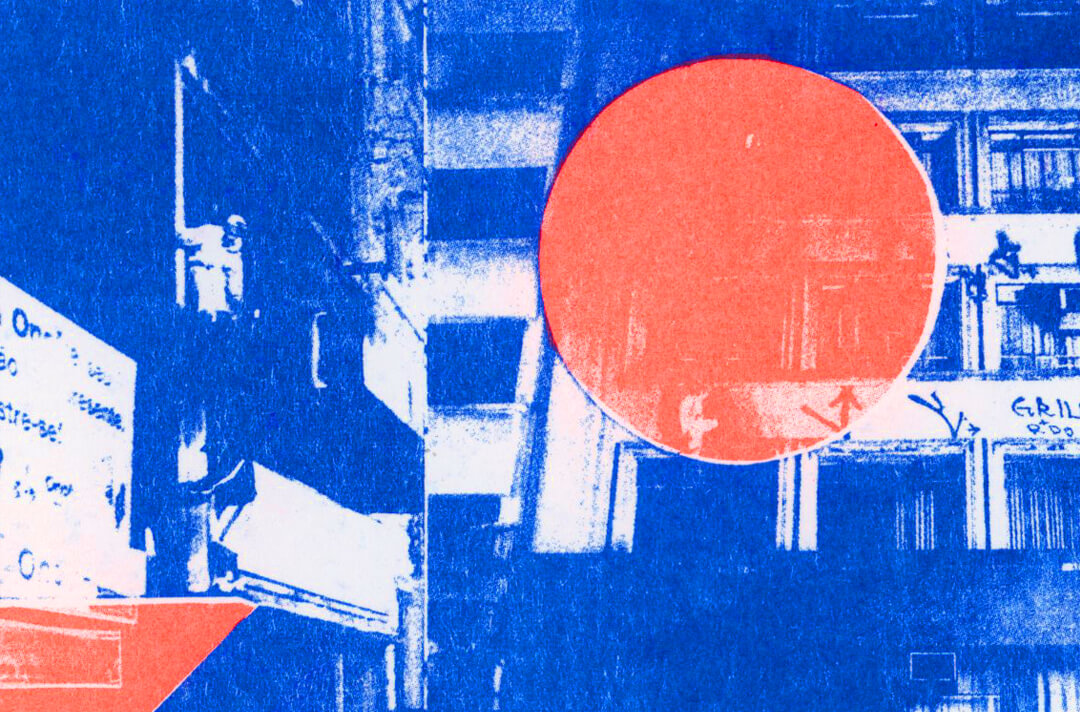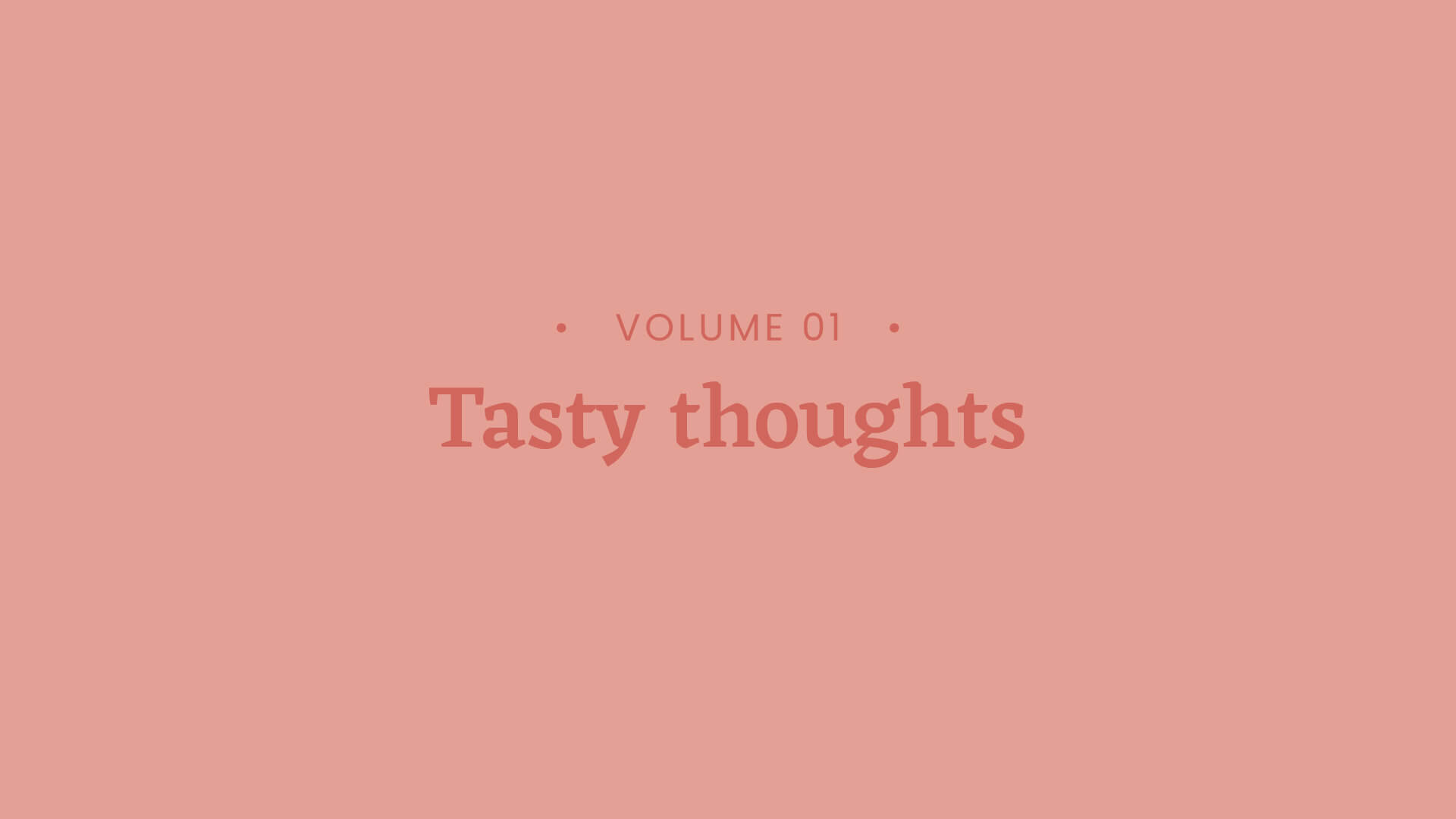Personal tipps for remote workers and creative freelancers during these exceptional COVID 19 times.
It’s not only an amazingly beautiful technique, it’s also a very environmentally friendly printing process. Last week I attended an inspiring Risograph workshop with Herr und Frau Rio.
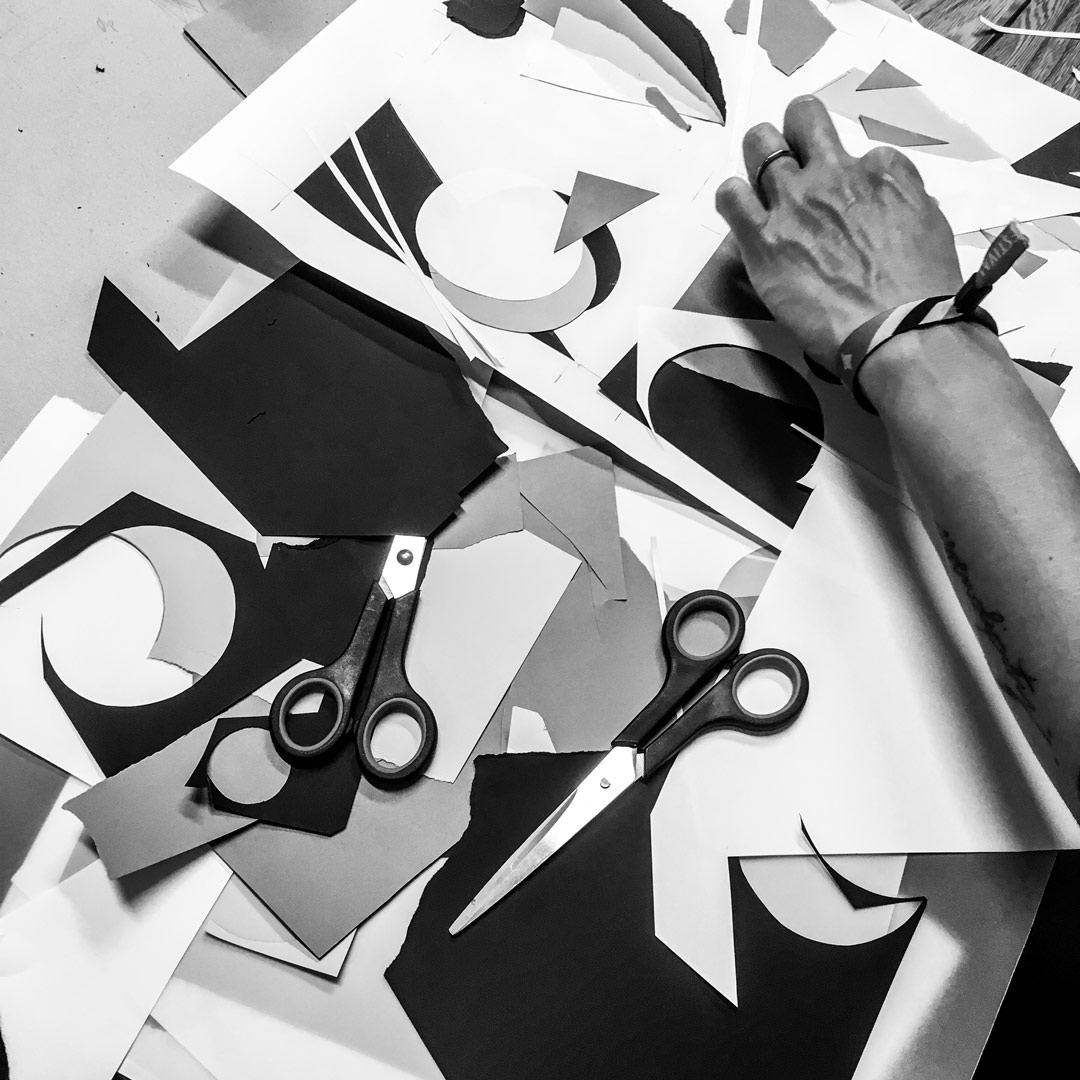
Analogue preparing of the Riso prints
Let me give you a quick introduction to risograph printing. The name originates from the Riso Kagaku Corporation, the company that launched the first Risograph in 1986. Back then it was mainly used for fast and cheap duplications in schools and for public authorities. Nowadays the Risograph became a popular printing technique for specialised publishers, designers, artists and illustrators.
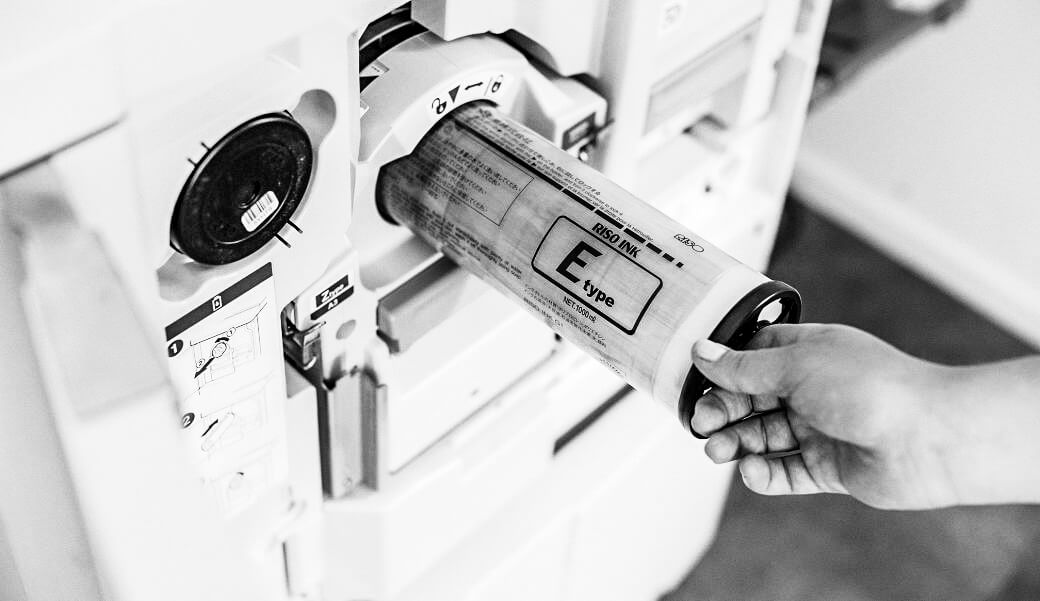
Photo: Hannes Rohrer für Herr und Frau Rio
It’s actually very similar to screen printing, as it is a stencil printing process. Every colour is printed as a separate layer. The beauty of this printing technique is that, although it is mechanically printed, it creates perfectly imperfect prints. I really like the quirky results from this process. That’s why Riso prints have a unique look, with bright colours and a slightly shifted positioning of the different colour layers.
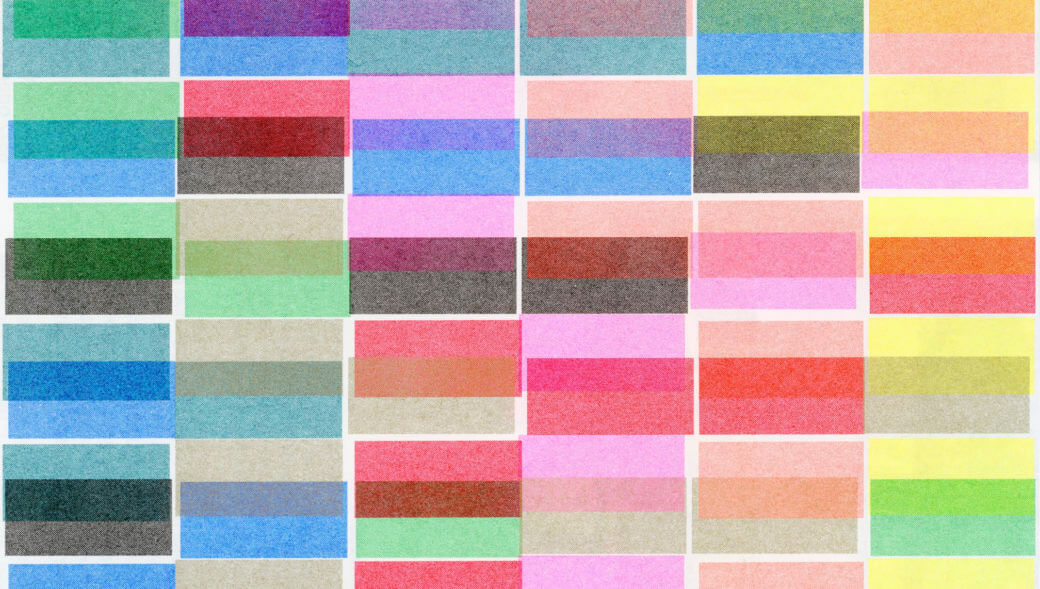
Photo: Herr und Frau Rio
The unpredictable nature of the Risograph makes the outcome always a bit surprising and variable, an aspect of this printing technique that I really love, especially in a sometimes overplanned and controlled digital world. The founders of We are out of office also encourage people to just start Risograph printing and make mistakes. It’s the best way to understand the process and see what’s going wrong.
As Louise Lockhart described it very well: Riso printing ticks so many boxes. It’s quick, cheap, ethical, not labor intensive, eco-friendly and looks great. The ink is soy oil-based and the master films are made from hemp fibers. In addition, the Riso requires only a fraction of the energy of a digital press.
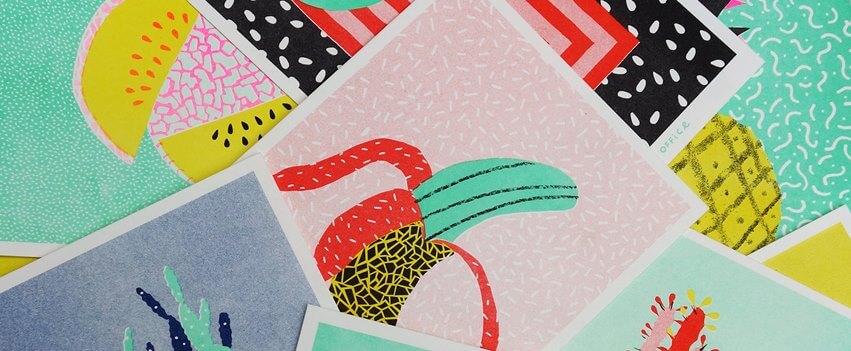
Photo & prints: We are out of office
I’ve definitely become a fan of this printing technique and I hope I've been able to inspire you too. If you’re in Munich, definitely check out the Herr und Frau Rio website in advance to find the latest workshop dates. If you are in Brussels though, you can go to Chez Rosi. In the Netherlands, Utrecht, you have the amazing We are out of office.
As I mentioned here, authenticity is super important to me. I strive for authenticity both in my creation and in my communication. In my work I try to find a good balance between being honest and fair about my faux pas, but also being proud of the outcome and the shiny side of the successes. It’s about telling a unique story with depth and creative purity.
The last few years this positive development is seen in the creative field too: people are moving towards a more open approach to the way they design. People are willing to share their failures and learnings.
Here I curated a few articles around this topic that inspired me and are – in my opinion – worth reading.
Enjoy and let me know what you think about this theme of authenticity and “Showing work without showing off”.
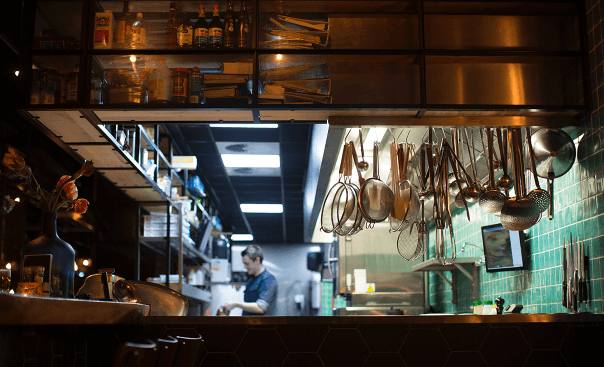
Photo: Unsplash
Let’s embrace the open-kitchen model in the design industry.
Being authentic is about being true to one’s own personality and character. In a collaboration though, being authentic also needs awareness of the thoughts and needs of others. In this article four 99U speakers explain why empathy is such an important skill.
>> Read more
Empathy is the skill of the future.
Being authentic is about being true to one’s own personality and character. In a collaboration though, being authentic also needs awareness of the thoughts and needs of others. In this article four 99U speakers explain why empathy is such an important skill.
>> Read more
Be open to the outcome, not attached to it.
Brian Buirge of Good F*cking Design Advice talks about “weighing the risk”. According to him risk and uncertainty are the key ingredients of the design process. Innovative ideas never starts easy, safe and expected.
>> Read more
>> Check out the amazing Chrome plugin for your daily GOOD FUCKING DESIGN ADVICE
Authenticity in design is vital, so make it count!
In this article Róisín Lafferty talks about big designers – such as Le Corbusier and Verner Panton – who knew instinctively that design has the power to change the world. What these designers all share is the art of risk taking.
>> Read more
- Contact
- hello@ivg-design.com
- +49 176 317 187 69
- 2023 © Inge Van Ginderachter Design
- Imprint
- Privacy Policy
- Contact
- hello@ivg-design.com
- +49 176 317 187 69
- 2020 © Inge Van Ginderachter Design
- Imprint
- Privacy Policy


